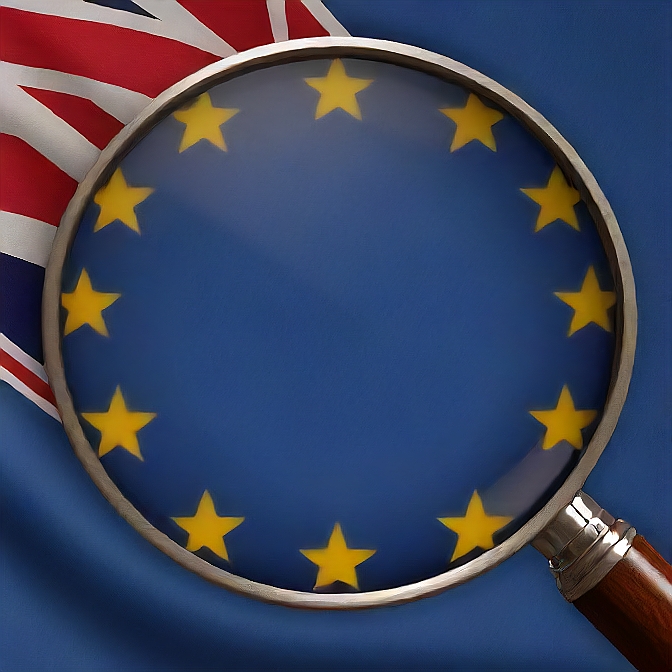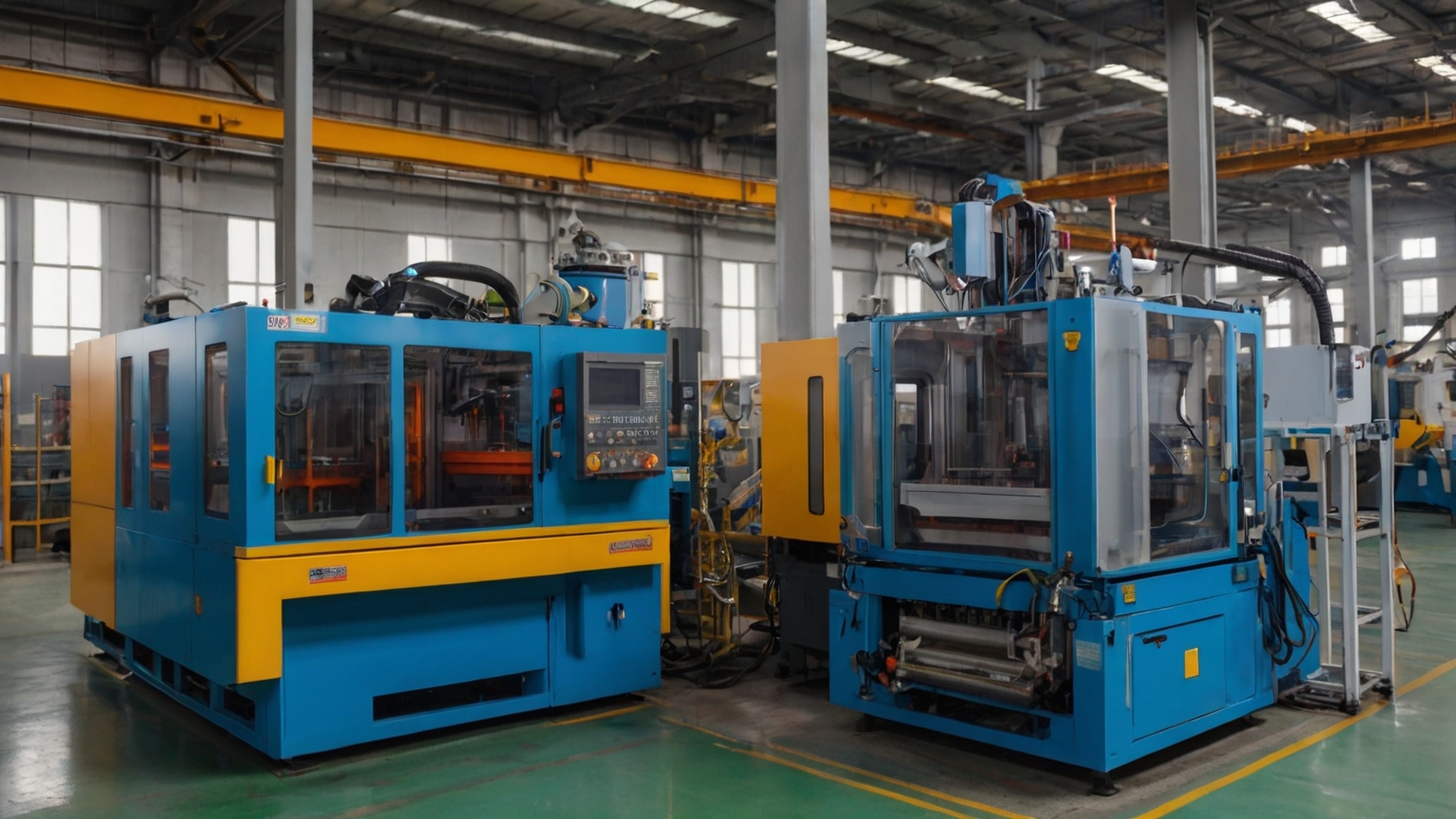The Importance of the CE Mark in the EEA
In the landscape of manufacturing and trade, the CE mark holds significant weight, especially within the European Economic Area (EEA). It signifies that a product meets the essential health, safety, and environmental requirements set out by European directives. For machinery manufacturers, compliance with the Machinery Directive (2006/42/EC) is paramount, ensuring safety and market access within the EEA.
Navigating Compliance with the Machinery Directive
However, achieving compliance with the Machinery Directive involves navigating a complex web of standards and regulations. One such standard that plays a crucial role in this process is the Low Voltage Directive (LVD) 2014/35/EU. While the LVD primarily concerns electrical equipment, its implications extend to machinery as well, particularly in ensuring electrical safety within machinery.
The Low Voltage Directive (LVD) and Machinery Safety
The LVD sets out essential requirements for electrical equipment intended for use within certain voltage limits. This includes requirements for protection against hazards such as electric shock, fire, and mechanical dangers caused by electricity. Given that modern machinery often incorporates electrical components or systems, adherence to the LVD becomes integral to overall machinery safety and compliance.
So, how does the LVD standard intertwine with the Machinery Directive to ensure CE mark compliance for machinery in Europe?
- Electrical Safety Compliance: The LVD standard mandates compliance with specific safety objectives related to electrical systems. For machinery incorporating electrical components, adherence to these objectives becomes a prerequisite for compliance with the Machinery Directive. This ensures that electrical aspects of machinery meet the necessary safety standards, reducing the risk of electrical hazards for operators and end-users.
- Harmonized Standards Integration: The LVD standard is one of many harmonized standards recognized under the Machinery Directive. Harmonized standards provide a presumption of conformity with the essential requirements of relevant directives. By aligning with the LVD standard, machinery manufacturers streamline the compliance process, facilitating CE marking and market access within the EEA.
- Risk Assessment Alignment: Compliance with the LVD standard often necessitates thorough risk assessments concerning electrical aspects of machinery. This aligns with the risk assessment requirements outlined in the Machinery Directive. By integrating LVD compliance into the broader risk assessment framework, manufacturers ensure comprehensive safety evaluations, addressing both mechanical and electrical hazards effectively.
- Technical Documentation and Declaration of Conformity: The Machinery Directive requires manufacturers to compile technical documentation demonstrating compliance with essential health and safety requirements. This documentation should encompass adherence to relevant harmonized standards, including the LVD. By incorporating LVD compliance evidence into technical documentation, manufacturers strengthen their Declaration of Conformity, affirming CE mark compliance for their machinery.
- Market Access and Consumer Confidence: CE marking signifies compliance not only with safety standards but also with regulatory requirements facilitating market access within the EEA. By leveraging the LVD standard alongside the Machinery Directive, manufacturers enhance the safety and reliability of their machinery, bolstering consumer confidence and competitiveness in the European market.
The Value of LVD Compliance Beyond Safety
In conclusion, the integration of the LVD standard with the Machinery Directive framework is essential for ensuring the safety and compliance of machinery within the European market. By adhering to LVD requirements, manufacturers mitigate electrical hazards, streamline compliance processes, and affirm CE mark compliance for their machinery. Embracing standards such as the LVD not only enhances safety but also strengthens market presence and fosters trust among consumers and regulatory bodies alike.
Got a Question?
We’re here to answer your questions and help you get started right away. Call or send us a message anytime.

Megalab Group
Megalab offers ISO 17025 A2LA Accredited, EMC, Product Safety, Mechanical & Laboratory Testing Services. Megalab Group Inc. and its team are committed to meet and exceed our customers’ expectations as an industry leader in environmental and related regulatory testing services, through constant business improvement while upholding the highest integrity and quality in standards of all services we provide.
Learn more at www.megalabinc.com



